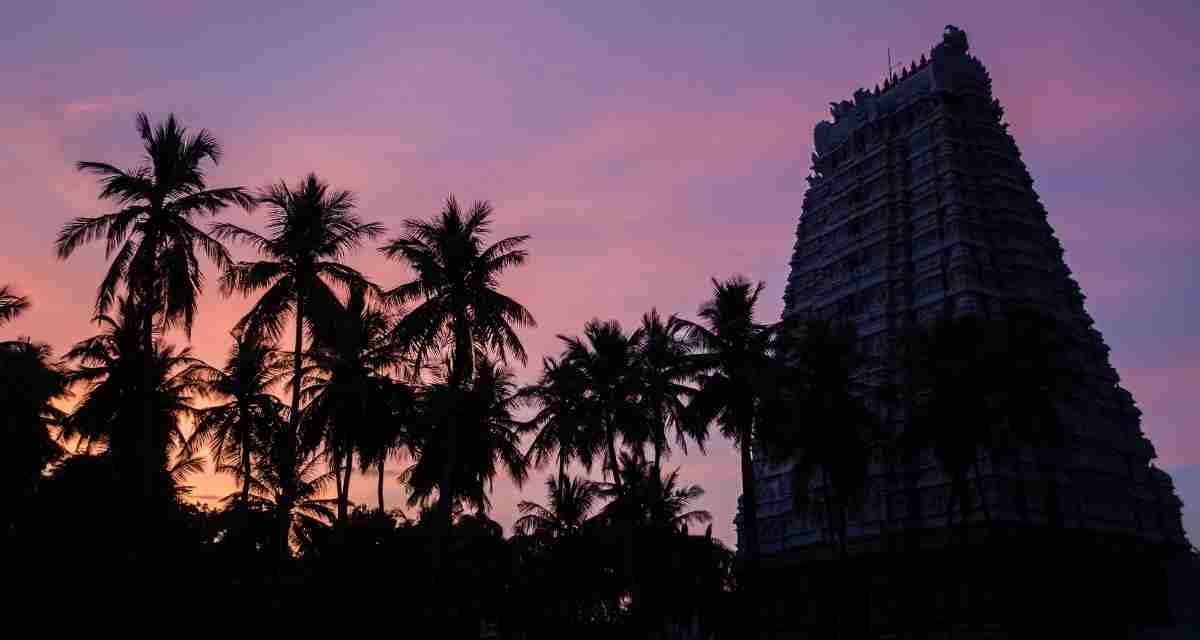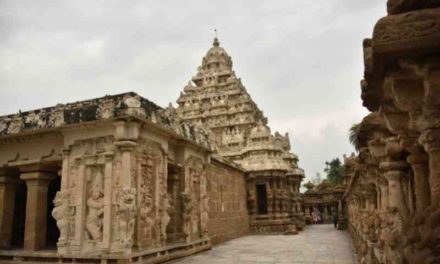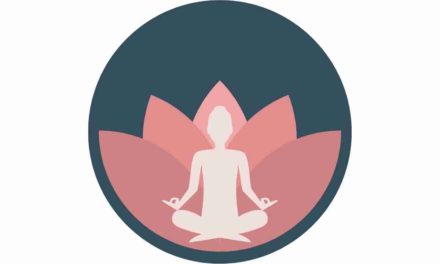Ancient Indian books known as the Brahmanas are an important part of yoga’s history. These are literary comments on the four Vedas, the earliest Hindu holy writings, in which the term “yoga” is used and defined for the first time.
They are considered to be a component of Hindu sruti literature (from the Sanskrit meaning “heard”). Numerous Brahmana writings from ancient India have been lost, but 19 remain complete.
The Brahmanas include tales, myths, instructions for ritual performance, and explanations of certain holy terms from the Vedas and some philosophy.
Brahmana may also refer to a priest’s or Brahman’s statement. More frequently, it refers to the definition and interpretation of a holy term.
The earliest Brahmanas are believed to date from approximately 900 B.C.E., while the youngest are believed to date from around 700 B.C.E. Each Vedic school (shakha) has its own Brahmana, which is all written in Vedic Sanskrit.
The Brahmanas are a rich collection of lessons on ceremony and the hidden meanings of the Vedic texts when put together. The specifics included in the Brahmanas are often exact directions on how to correctly conduct the Vedic ceremonies. This may contain information on appropriate pronunciation, meter, intonation, and hand movement while reciting mantras.
The “Chandogya Brahmana,” one of the earliest Brahmanas, has songs for marriage rites and rituals for childbirth.
Some people refer to this as Ashvalayana Brahmana, which is another name for the same subject. In terms of both style and substance, it is older than Kaushitaki. Mahidas Aitareya is the mythical author who is credited with writing this Brahmana. It is derived from the Shakala shakhas of the Rig-Veda. Let us understand what do the Hindu scriptures of the Brahmanas mean?
Brahmana writings are denoted by the use of the term Brahmana in the neuter gender. What is the significance of the term given to these literary compositions? Neither the authors of the Brahmanas nor their commentators have provided meaning for this phrase.
The only thing that Sayana has stated about the Rigveda is in the preface to his commentary on it: “Whatever in tradition is not a song or Mantra is a Brahmana, and whatever is not a Brahmana is a Mantra.”
The word ‘Brahmana’ has been interpreted in a variety of ways by different academics. It derives from the term Brahman, which refers to both the Veda and the Mantra – “Brahma Vai Mantras,” which means “Brahma the Creator.” As a result, the term Brahmana refers to “anything which is related to Brahman or the Veda.” It comes from the word brih, which means ‘to grow’ or ‘to extend’.
To put it another way, the term ‘Brahmana’ refers to a knowledgeable priest’s explanation of a ceremony. A collection of such explanations on the science of sacrifice given by the priest came to be known as a collection of such explanations. As a result, the Brahmanas serve as the ceremonial textbooks that contain the specifics of the sacrifice or Yajna.
Brahmana is any of a variety of prose comments appended to the Vedas, the oldest texts of Hinduism, which explain their importance as they are employed in ceremonial sacrifices and the symbolic significance of the priests’ activities.
Depending on the context, the term brahmana may refer to either the speech of a Brahman (priest) or an explanation of the meaning of a holy phrase; the latter is the more generally accepted interpretation among academics.
According to tradition, the Brahmanas lived during the era 900–700 BCE, during which time the collecting of holy songs into Samhitas (“collections”) had become a significant activity among Brahmans.
These teachings on different ritual issues and the hidden meanings of holy texts are a digest of collected teachings, illustrated by myth and legend, on numerous ritual matters and the hidden meanings of sacred books. There is a strong emphasis on sacrifice in their writings, and they are the earliest surviving sources for the history of Indian ritual.
As an appendix to the Brahmans, there are chapters written in the same style and language as the Brahmanas but with a deeper philosophical focus, instructing students to learn about the subject matter of these chapters exclusively in a forest away from the community.
After the Brahmanas, there was a transition period known as the Aranyakas, which acted as a connection between them and the Upanishads, which are speculative philosophical writings that comprise the most recent genre of Vedic literature.
The Aitareya Brahmana and the Kaushitaki (or Shankhayana) Brahmana are the only two Brahmanas that have survived from the followers of the Rigveda, and they are the most important.
At originally, the Brahmanas of the Yajurveda were placed at different places in the texts alongside the content on which they commented, but this practice was discontinued. That was in contrast to the method followed by the instructors of the Rigveda and the Samaveda.
The Yajurveda was divided into two sections, the Shukla (White) Yajurveda and the Krishna (Black) Yajurveda. The Shukla Yajurveda was the most ancient of the two. The Shatapatha (“of 100 ways”) Brahmana, which consists of 100 teachings and is part of the Shukla Yajurveda, is a branch of Hinduism.
The Brahmana, which is considered to be second only to the Rigveda insignificance, has survived in two somewhat different forms, the Kanva and the Madhyamdina. In this section, elements that are more closely associated with household rituals are presented.
To conclude, the Gopatha Brahmana is a very recent addition to the Atharvaveda. It is concerned in part with the function performed by the Brahman priest who oversaw the sacrifice, despite the fact that it is only indirectly related to the Samhitas and Brahmanas.





